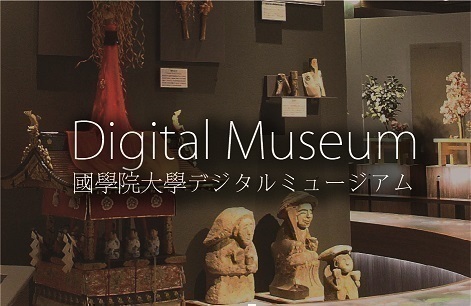- トップ
- Encyclopedia of Shinto
- Kannamesai
Encyclopedia of Shinto
| Main Menu: | |
| Links: |
詳細表示 (Complete Article)
| カテゴリー1: | 5. Rites and Festivals |
|---|---|
| カテゴリー2: | State Rites |
| Title | Kannamesai |
| Text | A rite at the Grand Shrines of Ise celebrating the divine ancestry of the imperial lineage by offering the "first rice ears" hatsuho of the autumn harvest to Amaterasu Ōmikami on the seventeenth day of the tenth month; the harvest festival of the Ise Shrines. On the day of the festival, a ceremony of "distant worship" (yōhai) and a rite for the imperial ancestors (shinsai no gi) held at the Kashikodokoro are also performed at the imperial palace. The 1933 Jingūshichō kunrei states that "the kannamesai is the most significant rite for the divine lineage; and the most fundamental ceremony of all those performed at Ise". According to the prescriptions of the Jingiryō, imperial messengers (hōbeishi) were sent with offerings to the Daigokuden (known then as the Koyasumidono) on the eleventh day of the ninth lunar month. The term reihei, referring to the imperial tribute offered in this ritual, first appears in the fifth year of the Yōrō era (721). The rite died out in the medieval period but was revived at the beginning of the Edo period, continuing until Meiji. In 1871, an edict on the Kashikodokoro kannamesai stipulated that "formal worship" (haishiki) was to be performed on the seventeenth day of the ninth month at Kōtai Jingū, while "distant worship" (yōhai) at the upper and middle palaces by the one hundred court ministers. The edict was based on the perception of the Kashikodokoro, which enshrines the sacred imperial mirror yata no kagami, as a substitute (godaigū) of the Ise Shrines within the palace. Thus, on the day of the kannamesai festival, both "distant worship" and direct worship of the imperial ancestors by the emperor himself (shinsai) were performed within the imperial palace. Since after the change to the solar calendar the seventeenth day of the ninth month no longer coincided with the time of the ripening of the harvest, in 1878 the ritual was moved to October. The fourteenth article of Kōshitsu saishi ryō prescribes that, in addition to the ceremony held at the Ise Shrines "the kannamesai is to be performed concurrently at the Kashikodokoro within the imperial palace. On the day of the kannamesai, "distant worship" of the divine imperial shrine (tenkō jingū) will be offered simultaneously with worship at the Daigokuden." In other words, the article proclaimed that on the day when the kannamesai was celebrated at Ise, rites were also to be performed at the Kashikodokoro, thus making iti a major rite (taisai) of the imperial palace. In 1914, by order of the Home Ministry, all head priests of central government shrines (kankokuheisha) and lesser shrines were asked to include kannamesai among the rituals they performed. Even after the war, article 3 of the regulations of the Association for Shinto Shrines' (Jinja honchō) regulations (Jinja saishi kitei) designated kannamesai as one of the medium-scale festivals (chūsai) to be observed at all shrines. — Nakanishi Masayuki |




